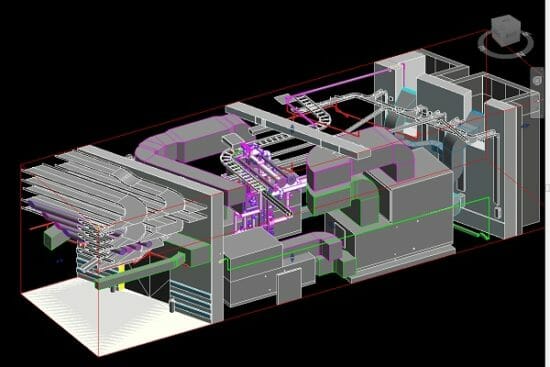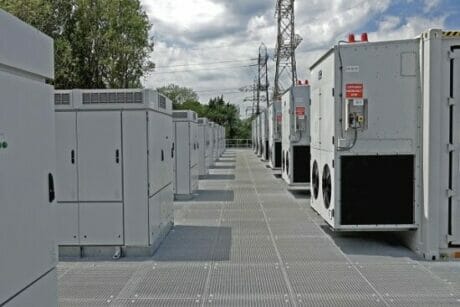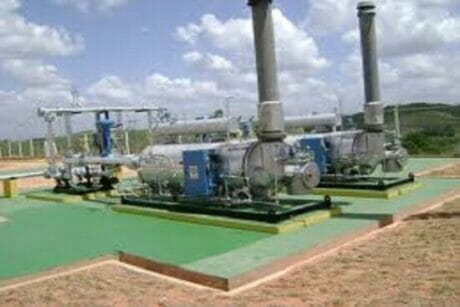No products in the cart.
- Course No E – 1828
- PDH Units: 6
Course No E - 1828
PDH Units: 6
- Course No E – 1828
- PDH Units: 6
Course No E - 1828
PDH Units: 6
Intended Audience: HVAC, Energy and design Engineers.
PDH UNITS: 6
The main purpose of heating, ventilation and air conditioning (HVAC) systems is to maintain a comfortable environment within a building. This is achieved by supplying air at an appropriate temperature, humidity and airflow rate. In the design and analysis of HVAC systems, the fundamental requirement is to first calculate the total heating and cooling loads incident on the building and then establish the most efficient process to bring the air conditions to comfort zone with aid of psychrometric analysis. Psychrometric chart is an industry-standard tool to visualize the air conditioning processes and to select the most appropriate air conditioning equipment for the job. In this 6 –hour course, you will learn how to apply several psychrometrics processes to design a practical heating and air conditioning systems. This course provides intensive understanding of the very essential psychrometric principles and includes lot of practical calculations and examples to give you a thorough grounding in this area. If you are responsible for the design or maintenance of any aspect of air-conditioning in buildings, a clear and comfortable understanding of the chart will make your job easier. The course will benefit HVAC design engineers, energy engineers, HSE professionals and facility managers, O&M engineers, architects working with contractors and anyone interested in learning HVAC and Refrigeration Systems. Prerequisite: Before studying this course module, it is expected that you have the basic fundamental knowledge of air properties, psychrometric chart, and air conditioning processes. For beginners and novice engineers, it is strongly recommended to first undertake Level-1 course “Application of Psychrometrics in Heating and Cooling Systems”.
Learning Objectives
At the conclusion of this course, you’ll be able to identify and discuss:- Determine the properties of moist air using Psychrometrics chart
- Calculate the energy content, heat and mass transfer rates and required air flow rates to the spaces
- Analyze what type of environment control is required to bring air into the comfort zone
- Identify the different state points of the air as it passes through different processes and what causes each type of movement (right to left, up and down)
- Understand the use of sensible heat factors and the difference between RSHF, GSHF and ESHF
- Understand the cooling and dehumidification systems hot and humid climates
- Size the cooling coils and calculate the required airflow rate for the air handling units
- Understand the humidification systems for cold and dry weathers
- Analyze the application of energy recovery and the economizer cycle for ventilation purposes
- Apply the psychrometric analysis to any kind of environment control system with lot of practical calculations and examples.
Once completed, your order and certificate of completion will be available in your profile when you’re logged in to the site.








